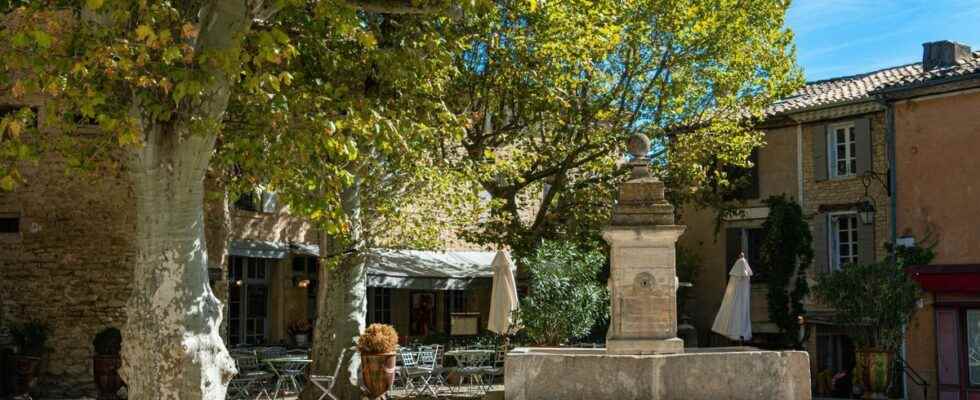Published on
Updated
Reading 2 mins.
With the heat wave, French cities are forced to adapt their infrastructures, by installing cool islands. These places, such as urban forests, allow urban areas to remain habitable.
In the midst of a heat wave, three little words resonate like a promise of well-being: “islands of freshness”. They bloom everywhere in France. Liberating for some, comforting for others, these devices find their audience and settle in the urban landscape.
“Special shelters to improve the comfort of the inhabitants”
An island of freshness can be the greening of a concrete square, the banks of a river or even the opening to the public of refrigerated spaces, such as museums or swimming pools. “During heat waves, these are occasional refuges to improve the comfort of the inhabitants”defines Erwan Cordeau, in charge of climate, air and energy studies at the Institute for Development and Urbanism.
Essential infrastructure in the face of rising temperatures. Between 1950 and 2020, the average temperature has increased by two degrees in Île-de-France. “Global warming is already here”warns Erwan Cordeau.
revegetate
One of the solutions to refresh cities is to (re)put plants there. A notion incorporated into the law “Climate and Resilience” of August 22, 2021. To help its implementation, the government announced on June 14 last aid of 500 million euros for programs for the renaturation of cities and town centers.
Through their leaves, plants release water into the atmosphere, a phenomenon called evapotranspiration. “A tree can reject up to 450 liters per day, the equivalent of five air conditioners running at full speed., analyzes Anthony Bru, horticultural engineer for the Fredon company, specializing in greening cities. Another example, less expensive, letting lawns grow can reduce the temperature on the ground.
hand over rivers
If trees are acclaimed, they are not the only ones to create a breath of fresh air in cities. The presence of water is essential. In contact with heat, the water evaporates, which humidifies the atmosphere and therefore refreshes it.
If the city of Paris is counting on the Seine to lower the temperature by a few degrees, a second river, the Bièvre, should come to help it in this task. According to the project “Bièvre Water, Climate, Green and Blue Infrastructure-2020-2024” Led by the town hall of Paris, this tributary of the Seine should be redeveloped for 2026.
Repaint the walls
Changing the color of the walls is another simple method, especially in concrete and densely populated metropolises. “This is a lever for action inspired by Mediterranean cities”, explains Anthony Bru. This limits the amount of heat stored.
The aim is to reflect solar radiation back into the atmosphere. They can be measured using the albedo, a unit of measurement, numbered between 0 and 100. The closer the albedo of a material is to 100, the more it reflects the rays and therefore cools the city.
Consult a dermatologist online
Improve thermal insulation
Indispensable device for the inhabitants, insulation is one of the major challenges of global warming. The increase in mercury points to inequalities. “On the one hand, there are those who stay cool, those who can afford to leave and on the other, those who live in a ‘thermal sieve'”, regrets Laurent Delcayrou, Regional Resilience Project Manager for the ThinkThank The Shift Project. According to him, focusing on this point would save lives and help cities adapt to climate change.
